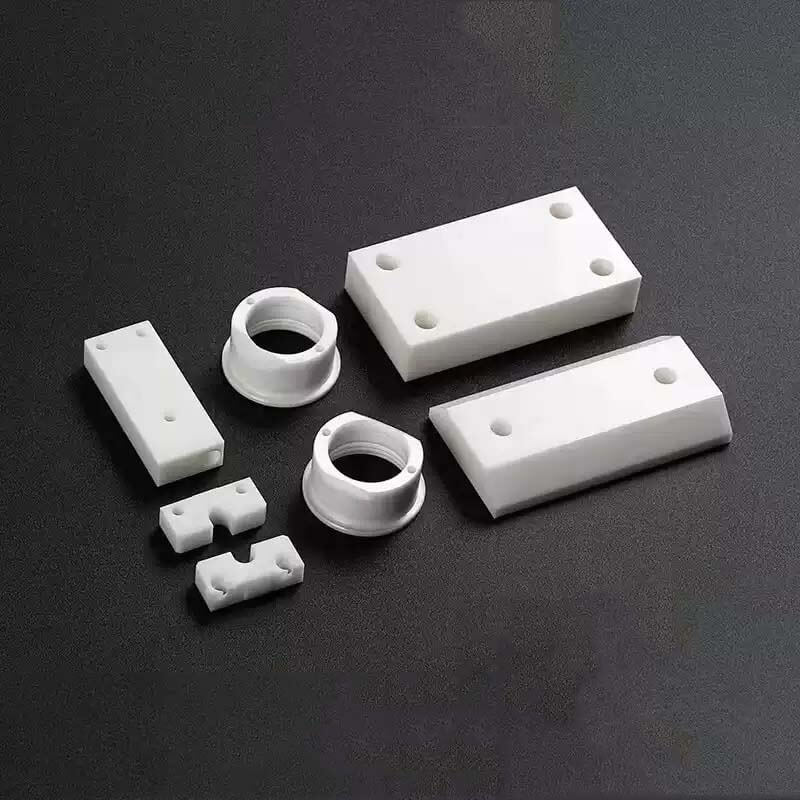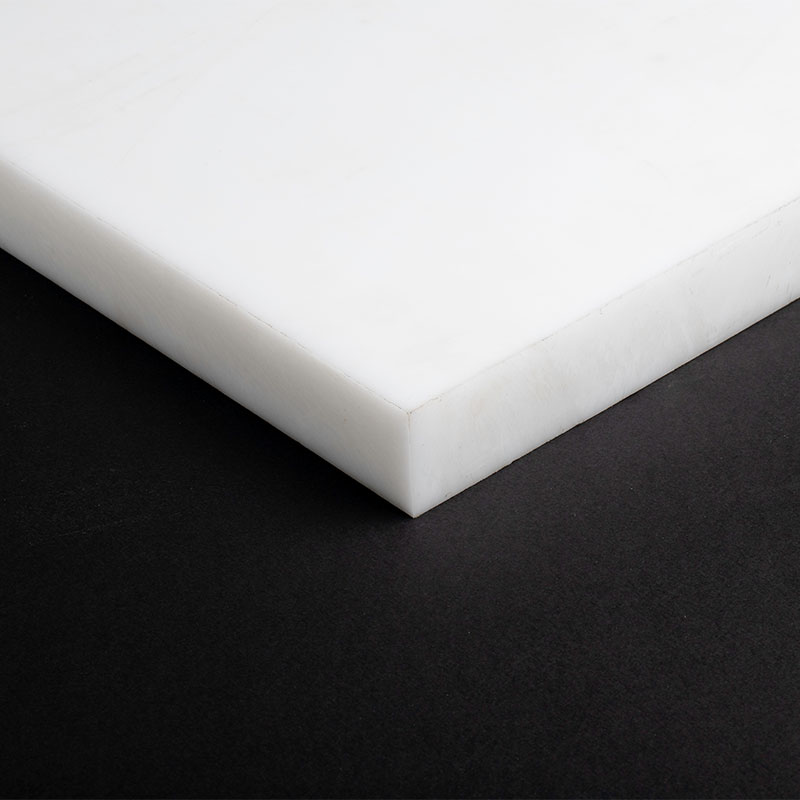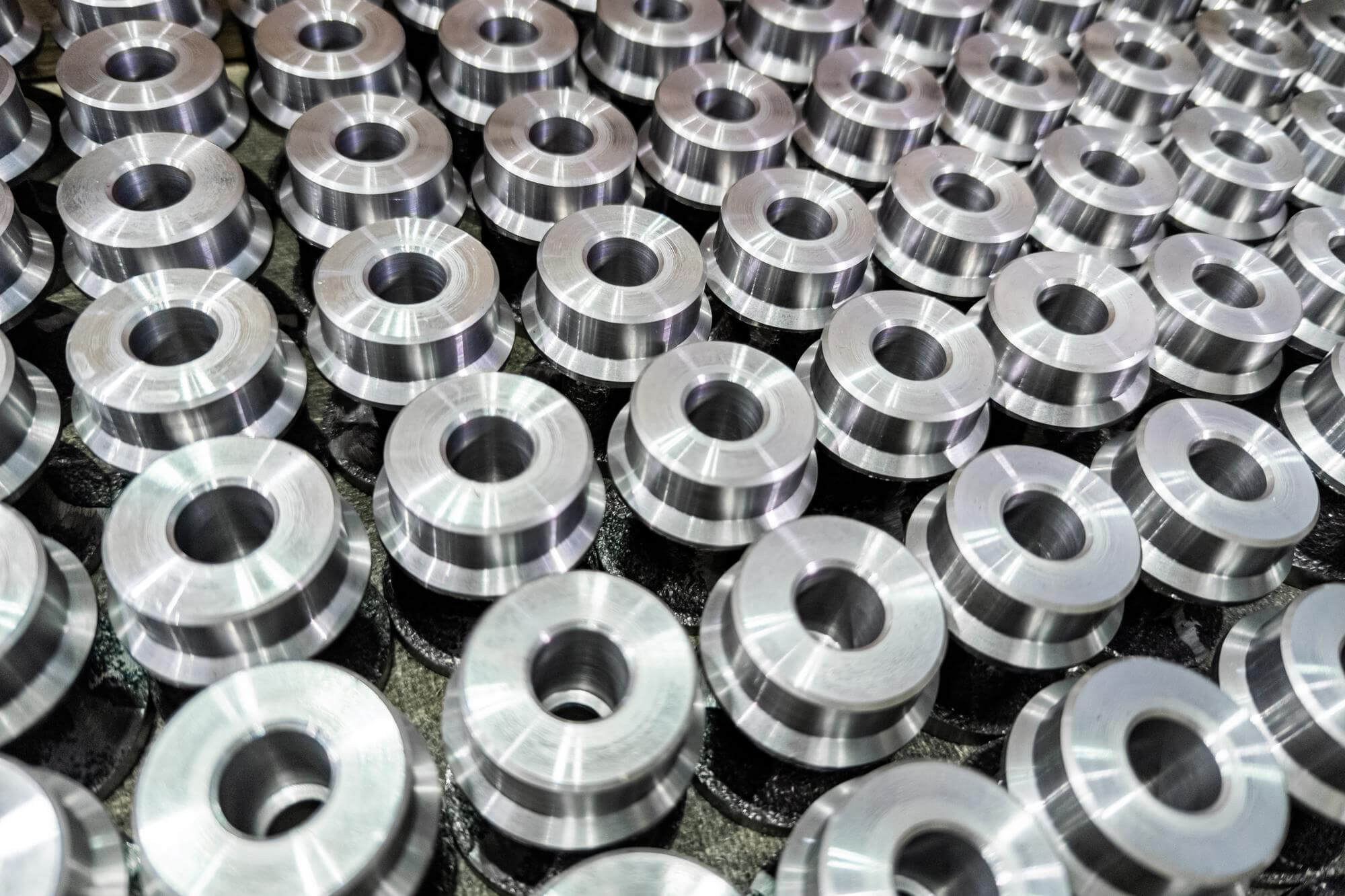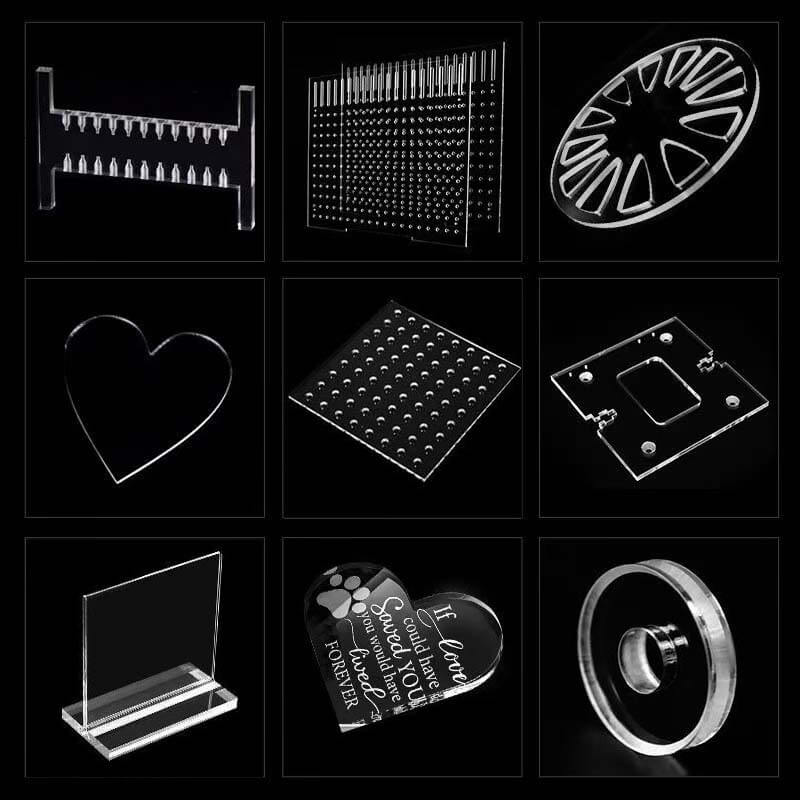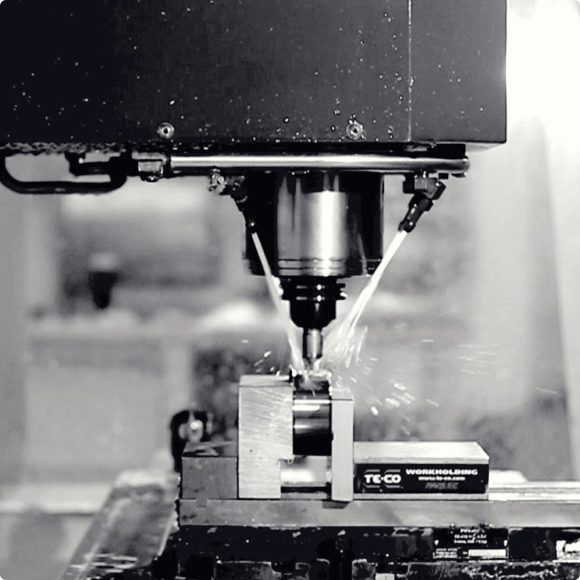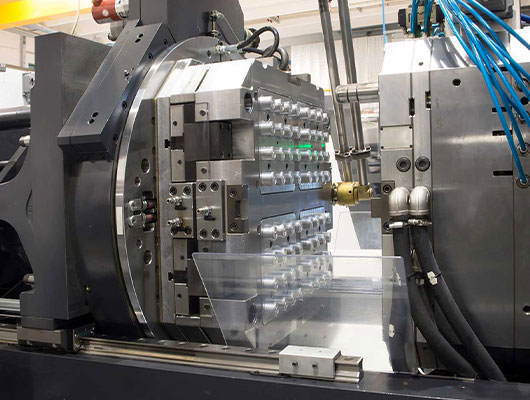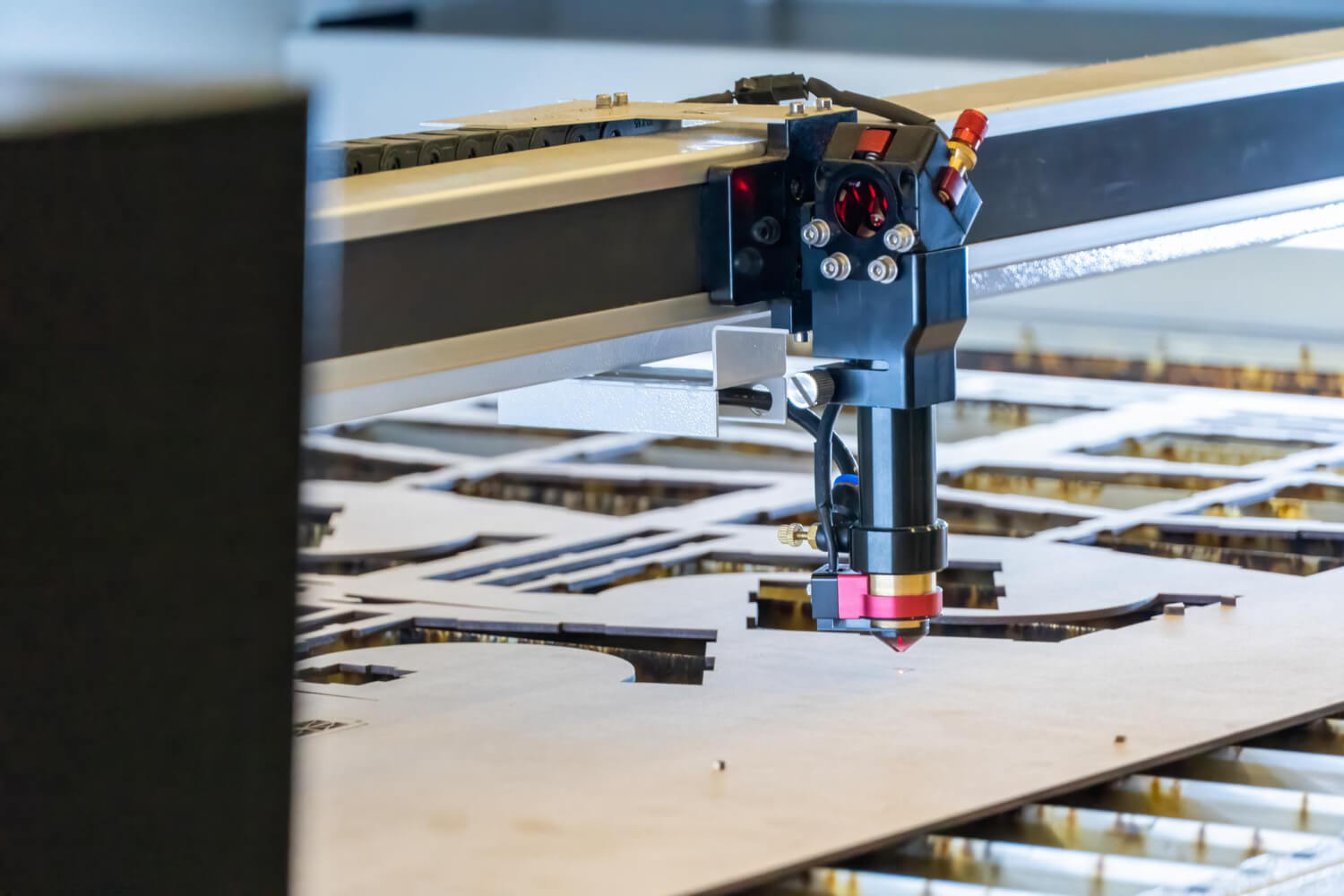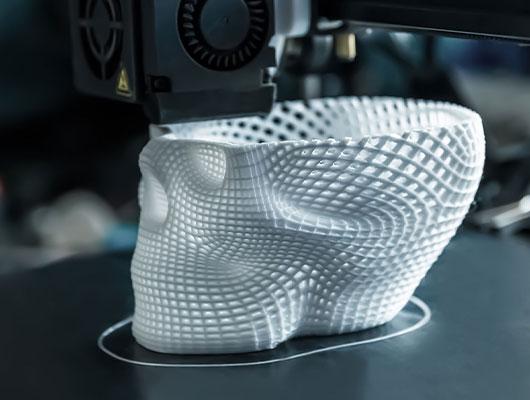About Silicon Carbide Ceramics(SiC)
Silicon carbide ceramics (SiC) are a group of advanced ceramic materials recognized for their extraordinary hardness, high thermal conductivity, and excellent chemical stability. SiC has been widely used in various industrial applications due to its durability and resistance to wear, corrosion, and high temperatures. With a melting point above 2,700°C, silicon carbide ceramics are highly resistant to thermal shock and can maintain structural integrity even in extreme conditions. This makes them an ideal material for high-performance applications where mechanical strength and heat resistance are critical, such as in heat exchangers, mechanical seals, and semiconductor manufacturing.
Silicon carbide ceramics have an excellent hardness level, often second only to diamonds, which makes them ideal for abrasive and wear-resistant applications, including grinding wheels, cutting tools, and armor plates. Additionally, SiC’s high thermal conductivity allows it to act as an effective heat spreader in applications requiring efficient thermal management. In the electronics industry, silicon carbide is increasingly popular for its semiconducting properties, which support high-power electronic devices in high-voltage and high-temperature environments. Despite these benefits, SiC’s brittleness presents challenges in CNC machining, requiring specialized tools and methods to achieve high precision without cracking. The use of SiC ceramics has expanded into aerospace, automotive, defense, and chemical industries due to their unparalleled resistance to extreme environmental conditions.


